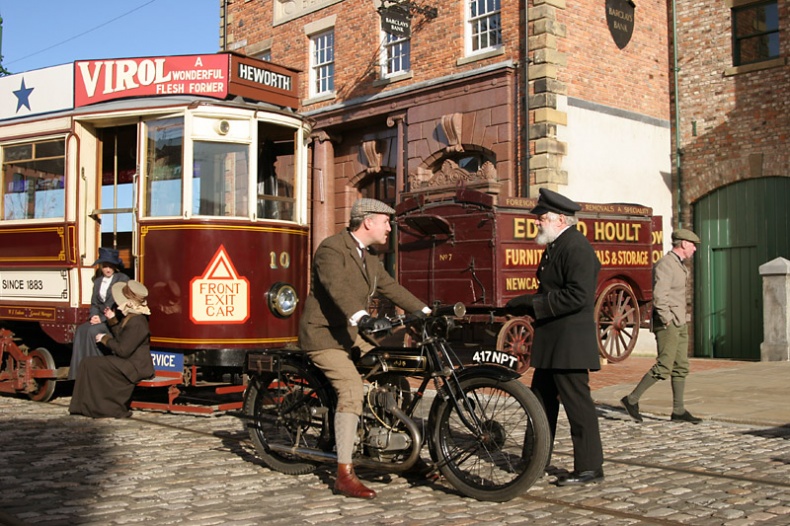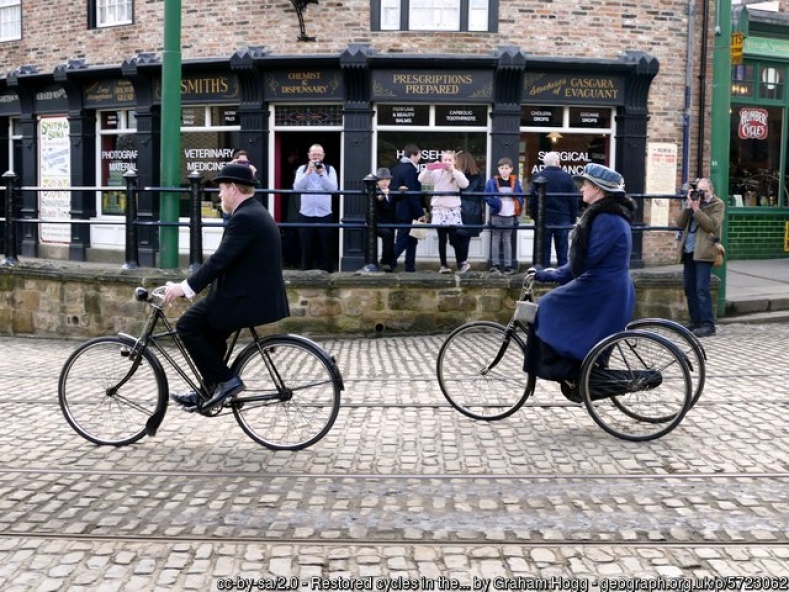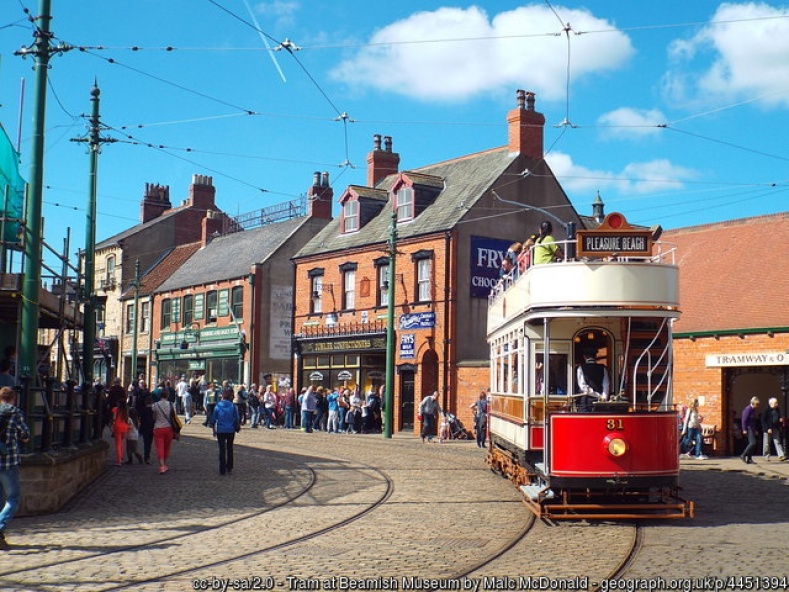


Beamish Museum
Living museum of the North
Founded: 1970
Charity Details
Full Name: Beamish Museum
Field: Arts, Culture and Heritage
Founded: 1970
Headquarters: Beamish, County Durham, DH9 0RG
Charity No: 1122366
History and Activities
When travelling in Scandinavia in the early 1950s, Frank Atkinson (1924-2014) visited outdoor folk museums that inspired him to do something similar in the North East. He was the moving spirit behind the creation of the Beamish Museum, which occupies a 300-acre site near the town of Stanley, County Durham. Opened in 1970, it has grown to become one of the region’s most popular attractions, with 750,000 visitors in the accounting year 2016/17.
Dr Atkinson feared that the rich industrial heritage and culture of the North East might be lost and forgotten as entire industries began to be swept away during the 1960s. His became obsessed with collecting artefacts that might be used to re-create everyday scenes from the past. The Beamish, styled “the living museum of the North”, is in effect a series of working exhibits of life in the 1820s, 1900s and 1940s, using objects collected and preserved by the museum. These scenes – of farms, collieries, pit villages, homes, tramways, shops, railways and the like – animated by people dressed in costume, are highly evocative and succeed in bringing the past to life for visitors. The theatrical aspect of Beamish is underpinned by large research collections of objects and photographs.
The multi-award winning museum serves as a tribute to North East coal mining, shipbuilding and iron and steel manufacturing, alongside the communities that were integral to them. The museum is so popular because of the fun, immersive and informative educational experience it delivers for children and adults alike. In 2013, the charity issued a 12-year business plan to further enhance the Beamish experience. This centres on an £18 million capital programme, Remaking Beamish, which has attracted a £10.9 million grant from the Heritage Lottery Fund. Regional supporters include the Barbour, Reece and Shears foundations and the Sir James Knott Trust. The centrepiece of Remaking Beamish is a 1950s town with houses, shops, café, police station and recreation area. A further 95 jobs will be created and 100,000 visitors a year attracted.
Beamish is a very successful social enterprise that exhibits a considerable flair for innovation. Most of the capital invested in the venture has come from charitable sources, but it strives for self-reliance, generating a large amount of cash from ticket sales and catering. This has enabled the employment of a staff of 400, supported by 500 volunteers who contribute 50,000 hours each year to support the cause of educating while entertaining people, young and old.
Vital Statistics (year to 31/01/2017)
| Total Income (TI):
| £12,233,000
|
| Philanthropic Income (P!):
| £1,708,000
|
| PI as % of TI:
| 14.0%
|
| Employees:
| 412
|
| Volunteers:
| 500
|
| Charitable Spending:
| £8,860,000
|
| Investments at Year End:
| £0
|
Website
http://www.beamish.org.uk/
References
Beamish Museum. (2018). Beamish Home, Available here (Accessed: 26/07/2018).
Charity Commission. (2017). Beamish Museum annual report and accounts 2017, Available here (Accessed: 26/07/2018).
Morton, D. (2018). Step back to the 1950s and the age of rock ‘n’ roll at Beamish Museum, Chronical Live, Available here (Accessed: 26/07/2018).
Wikipedia. (2018). Beamish Museum, Available here (Accessed: 26/07/2018).